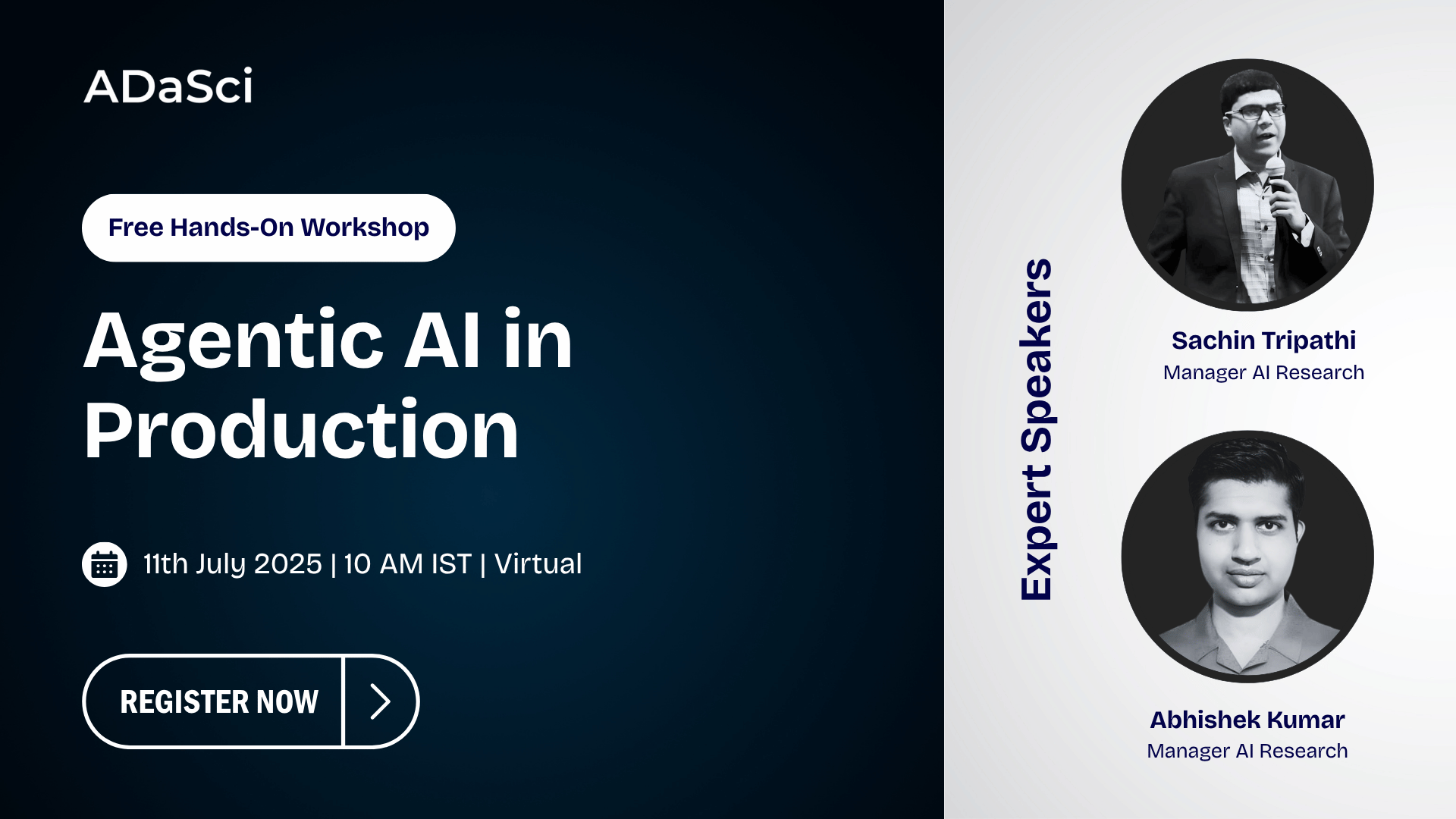Full Fine-Tuning vs. Parameter-Efficient Tuning: Trade-offs in LLM Adaptation

Explore more from ADaSci
Large Language Models (LLMs) have become pivotal in driving innovation across industries. However, adapting these models to specific tasks or domains involves a critical decision: fine-tuning the entire model or leveraging parameter-efficient tuning (PET) techniques. Each approach offers unique trade-offs in computational cost, flexibility, and performance. This article explores these two strategies, helping you choose the best approach for your applications.
Table of Content
- What is Full Fine-Tuning?
- Exploring Parameter-Efficient Tunin
- Practical Use Cases and Best Practices
What is Full Fine-Tuning?
Fine-tuning is the process of adjusting all the parameters of a pre-trained LLM to optimize it for a specific task. This method involves retraining the model on a labeled dataset, effectively tailoring it to a new domain or use case.
Key Advantages:
- Performance: Often yields state-of-the-art results due to its comprehensive adaptation.
- Flexibility: Can adapt to any domain with sufficient labeled data.
Drawbacks:
- Computational Overhead: Requires significant compute resources and memory.
- Risk of Overfitting: May lose generalization ability if the dataset is small.
Weighing Full Fine-Tuning’s Benefits and Costs
Exploring Parameter-Efficient Tuning
Parameter-efficient tuning (PET) focuses on modifying only a small subset of model parameters, such as adapter layers or prompt embeddings, while keeping the rest of the model frozen. This approach minimizes resource requirements and simplifies deployment.
Key Techniques:
- Adapters: Small additional layers inserted into the model.
- LoRA (Low-Rank Adaptation): Reduces the number of tunable parameters by decomposing weight matrices.
- Prefix-Tuning: Optimizes task-specific prompts prepended to input sequences.
Key Advantages:
- Efficiency: Requires less computational power and memory.
- Modularity: Enables multi-tasking by loading task-specific parameters.
Drawbacks:
- Performance Gap: May not match the accuracy of full fine-tuning in complex tasks.
PEFT Techniques, Advantages and Drawbacks
Practical Use Cases and Best Practices
When to Choose Fine-Tuning:
- Tasks requiring maximum accuracy, such as medical diagnostics or financial modeling.
- Applications where computational resources are abundant.
When to Use Parameter-Efficient Tuning:
- Resource-constrained environments, such as edge devices.
- Multi-task scenarios requiring fast switching.
Summary of Architectural Differences
| Feature | Full Fine-Tuning | Parameter-Efficient Fine-Tuning (PET) |
| Trainable Parameters | All parameters | Only adapter layers or low-rank matrices |
| Computational Cost | High | Low |
| Model Structure | Unchanged | Additional layers or matrices added |
| Training Time | Longer | Shorter |
| Inference Latency | Higher | Lower (if adapters are merged) |
Best Practices:
- Use domain-specific pre-trained models when available.
- Monitor for overfitting with validation datasets.
- Experiment with different PET techniques for optimal results.
Final Thoughts
The choice between Full fine-tuning and parameter-efficient tuning depends on your application’s specific needs, resources, and goals. By understanding the trade-offs and leveraging best practices, you can harness the power of LLMs effectively.





